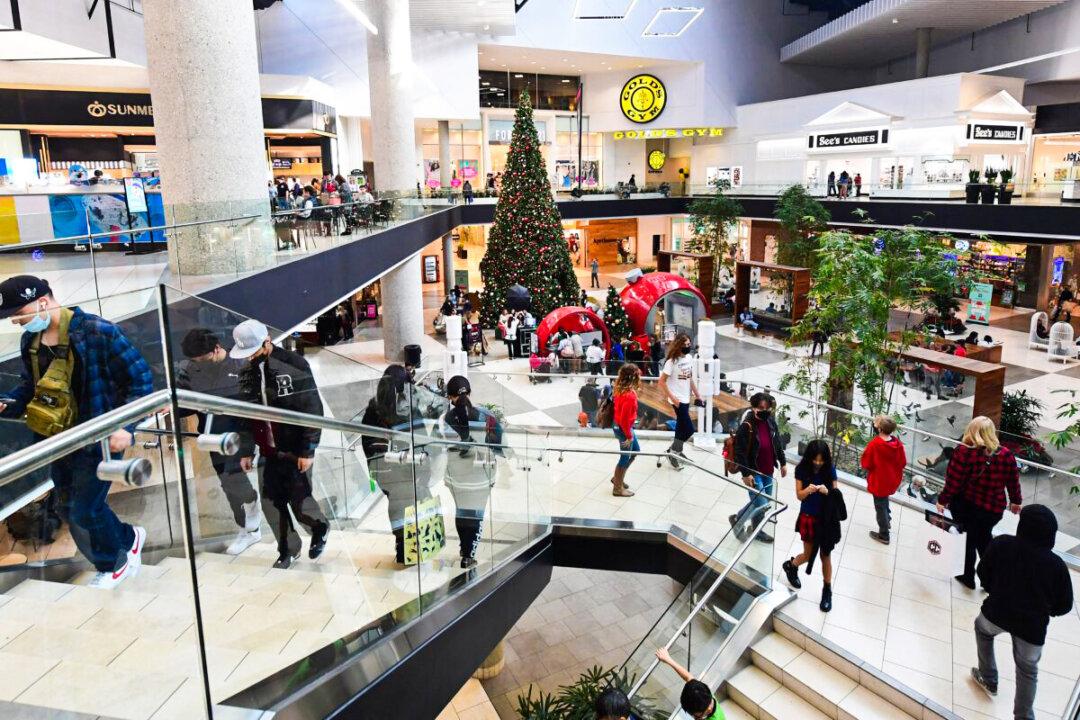News Analysis
After a prolonged and record-breaking holiday shopping season, retailers are now preparing to face the fly in the ointment of the recent spending spree: a deluge of returns, which are predicted to put additional strain on supply chains and retail operations.





